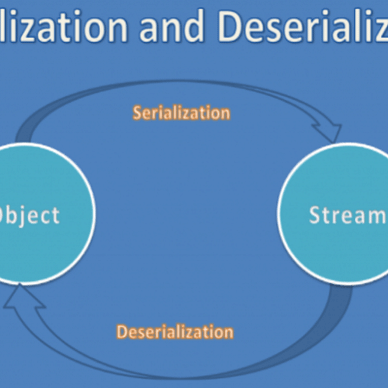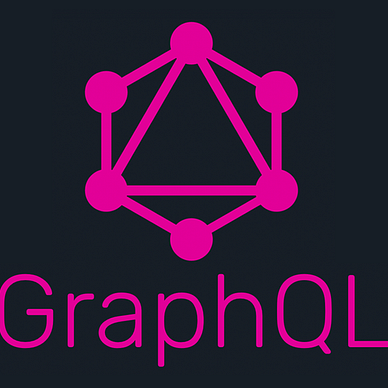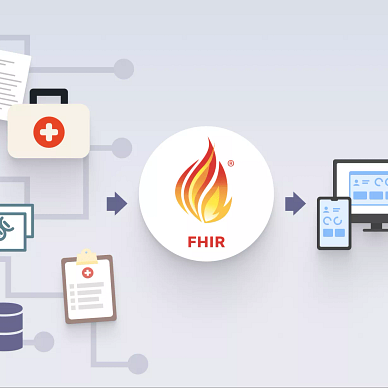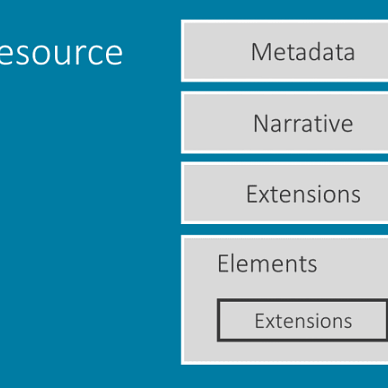FHIR for Developers: Part 2
More on FHIR Specification(Resources and Profiles)
Data Models/Resources:
As we have already discussed in Part 1 resources are the building blocks of the FHIR specification. Each resource represents a specific data model made for a specific purpose. There are about 150 data models/resources in FHIR. eg
1. Patient: A Person receiving the healthcare service.
2. Condition: Represents the condition of a patient.
3. Observations: Represents the diagnostic reports of the patient.
4. Appointment: Represents a patient’s visit to a clinic.
- Name: The name of the element in the resource
- Flags: A set of information about the element that impacts how implementers handle them. eg: Σ represents that the element is included in the summary search.
- Cardinality: The lower and upper bounds on how many times this element is allowed to appear in the resource
- Type: The data type of the element. These may be simple types like strings or complex types like references to other some other resources.
- Description & Constraints: A description of the element, and details about constraints that are applied to it.
Each resource in FHIR may consist of the following parts:
- Metadata: Provides some extra information about the resource eg: ResourceId, Resource Version, Profiles, and Tags.
- Narrative: Human-readable version of the content.
- Extensions: This is used to implement all the 20% use cases as discussed in Part 1.
- Elements/Body: Represents the actual content resources.
FHIR Profiles
We know that the basic concept of FHIR is that everything is represented as resources. These resources may be very broad and one thing in a resource can be represented in a number of ways.
So to encourage interoperability we might want to constrain resources according to our own specifications and constraints. That’s where Profiling comes into the picture.
FHIR Profile is the way of constraining FHIR resources to meet certain defined standards. It is a kind of Data-Schema for the FHIR resource.
Implementation Guide: is a set of rules of how a particular interoperability or standards problem is solved — typically through the use of FHIR resources. It consists of Structural Definitions for the resources we want to restrict.
Extending and restricting resources (collectively known as ‘profiling a resource’) is done with a “StructureDefinition” resource, which is a statement of rules about how the elements in a resource are used, and where extensions are used in a resource.
On a lighter note:
If you loved my work please like and share this article( it’s free :)). Also, do follow me for more articles like these.
Also, check out my other articles:









